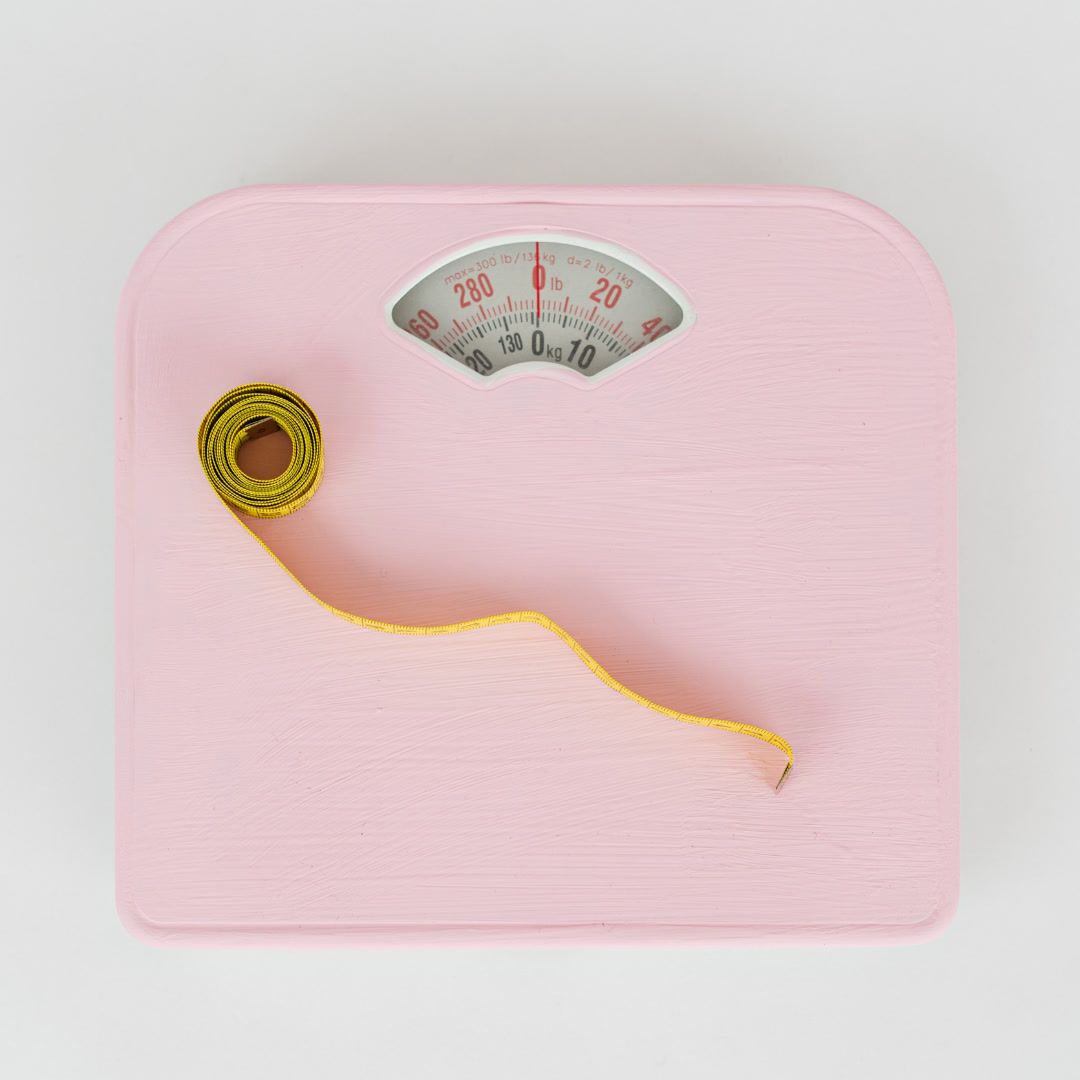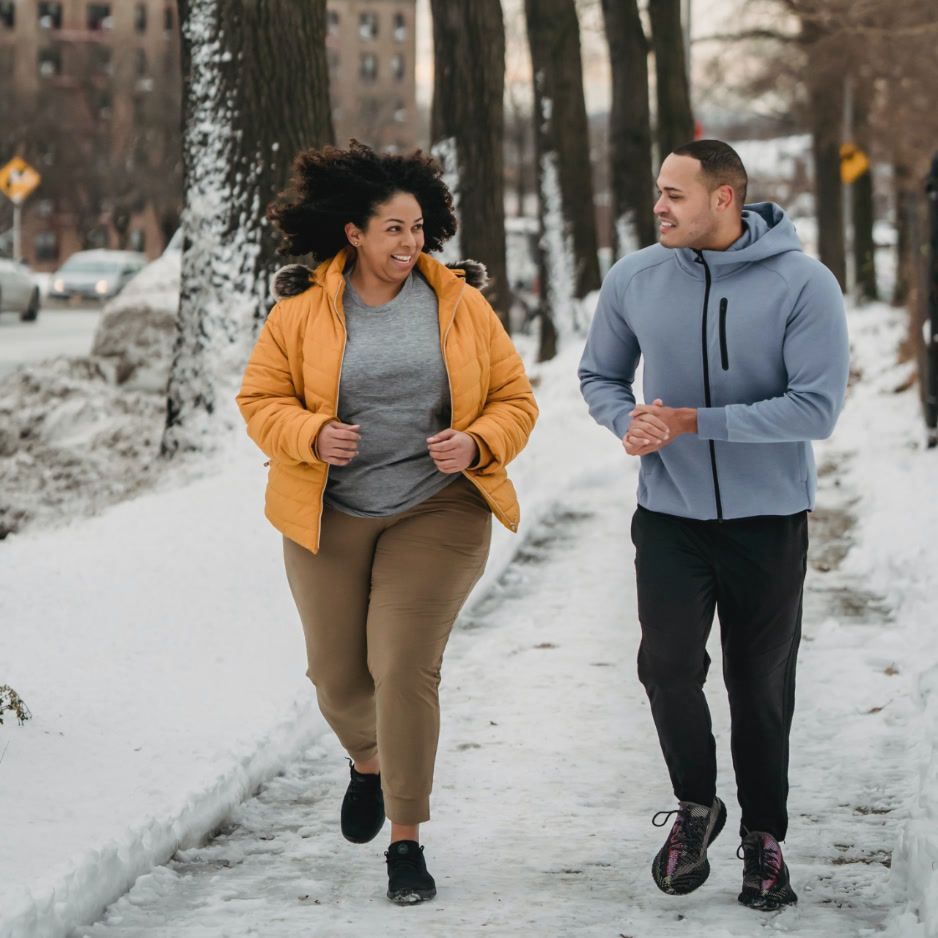15 Effective BOSU Ball Exercises for Core and Balance Training
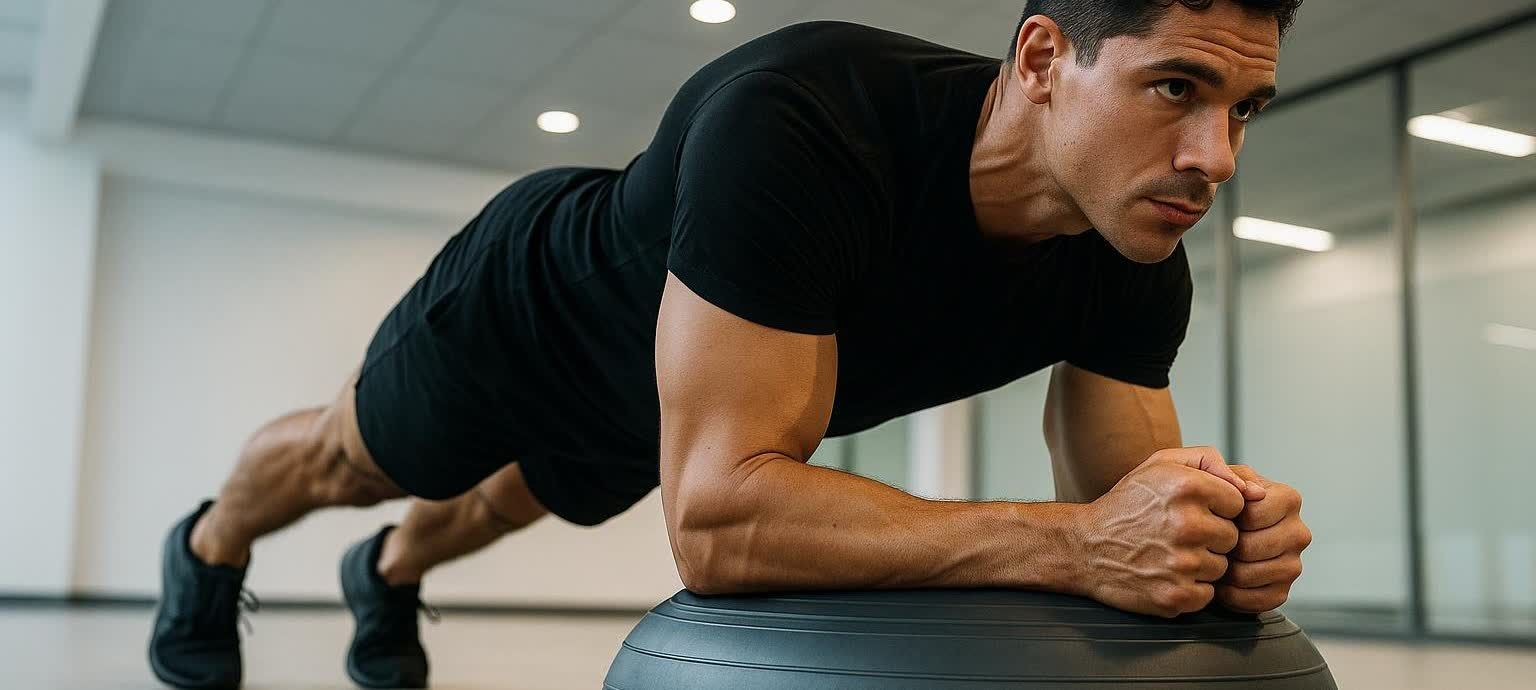
15 BOSU Ball Exercises for Core & Balance
If you’ve got a BOSU ball at home or at the gym, you’ve got a portable balance lab. Training on an unstable surface challenges your stabilizers, sharpens coordination, and can improve dynamic balance in a few weeks with a structured plan—for example, a 4‑week program (12 sessions) using BOSU-based progressions improved dynamic balance and ankle strength in healthy adults (randomized trial).
Quick science check: BOSU and other unstable-surface drills are excellent for balance and motor control. For maximal strength and power, stable surfaces usually win—so pair BOSU work with traditional lifts for the best of both worlds (systematic review/meta-analysis and systematic review). In some sports settings, instability-core programs can also enhance performance metrics (e.g., kayakers improved static/dynamic balance and stroke power after 12 weeks on BOSU/Swiss/wobble boards in an RCT).
The Fast Five: Best BOSU Ball Exercises to Start Today
For a quick, effective total-body circuit, do 2–3 rounds:
- BOSU Dome Plank — 20–40 seconds
- BOSU Goblet Squat (dome up, feet on dome) — 8–12 reps
- BOSU Reverse Lunge to Knee Drive (back foot on floor) — 6–10 reps/side
- BOSU Dead Bug (lower back pressed into the dome) — 6–10 reps/side
- BOSU Lateral Step-Over (quick feet) — 20–30 seconds
Tip: Move slowly before you move fast. Pauses and controlled eccentrics build stability you can use later for speed.
Safety, Setup, and Sizing
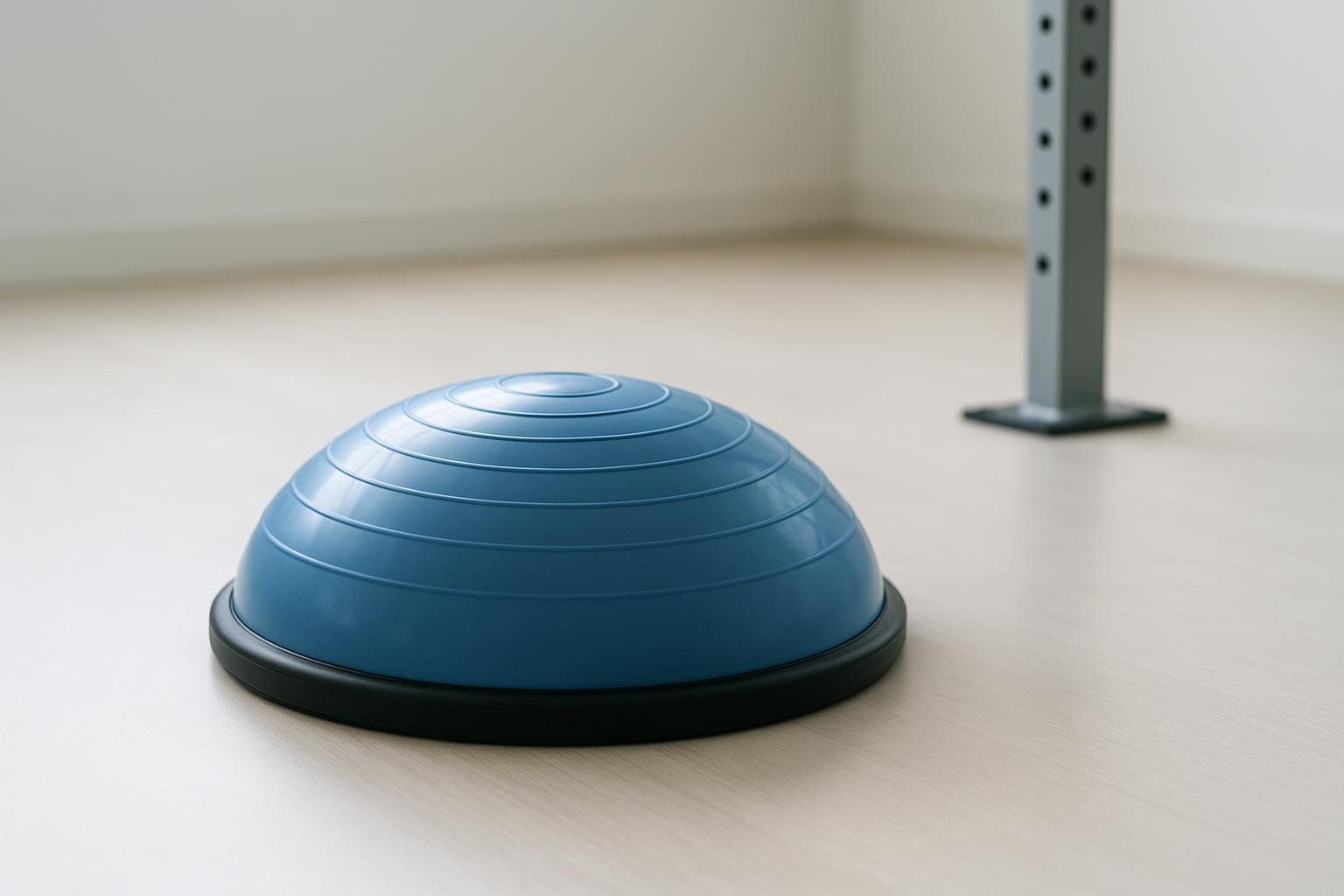
- Start with the dome up (more forgiving) before flipping the BOSU flat side up (more advanced).
- Barefoot or flat shoes can increase ground feel. Wear supportive shoes if you need extra ankle stability.
- Keep a sturdy object nearby when you’re learning (rack post or wall) and clear the floor around you.
- If you’re rehabbing from injury, follow your clinician’s timeline and criteria. Many ACL return-to-play programs introduce BOSU drills in the late phases once strength, ROM, and swelling criteria are met (examples from Emory and Ohio State protocols: Emory Healthcare, OSU Clinical Guideline).
How to Program BOSU Training
- Frequency: 2–3 sessions/week is plenty for balance gains. Research using BOSU-based balance progressions found meaningful improvements after 3 sessions/week for 4 weeks (randomized trial).
- Order: If maximal strength/power is your priority that day, do your main stable lifts first. Otherwise, place BOSU neuromotor work early while you’re fresh.
- Progression: Increase time under tension first (holds, slower eccentrics), then range of motion, then load, and finally speed/complexity.
Beginner BOSU Ball Exercises (Master These First)
Do 2–3 sets unless noted.
- BOSU Dome Plank
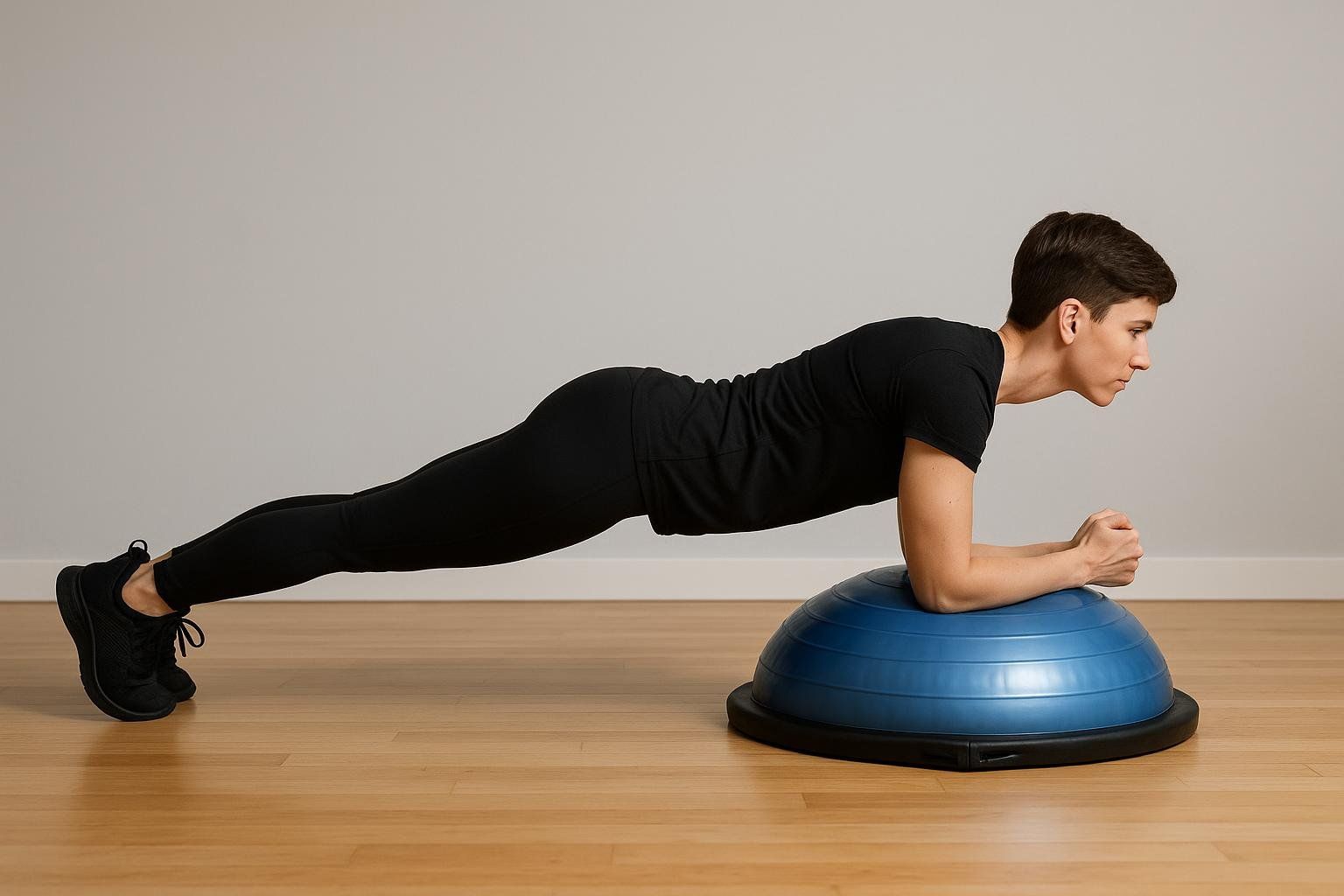
- Setup: Kneel behind the BOSU (dome up). Forearms on the dome, elbows under shoulders, legs straight.
- Do it: Brace your core and squeeze glutes. Maintain a straight line from head to heels for 20–40 seconds.
- Coach cues: Imagine gently exhaling through a straw; ribs down, pelvis neutral.
- Make it easier: Hands elevated on a bench or step.
- Make it harder: Alternate slow shoulder taps without shifting hips.
- BOSU Single-Leg Balance
- Setup: Dome up. Stand with your arch centered on the dome.
- Do it: Lightly unlock the knee and balance for 20–30 seconds; switch sides.
- Coach cues: Spread toes, tripod the foot, keep hip stacked over ankle.
- Make it easier: Two-leg balance with soft knees.
- Make it harder: Eyes closed for the last 5 seconds or add gentle band perturbations.
- BOSU Sit-to-Stand
- Setup: Sit on the dome holding a counterweight (light plate or dumbbell) if needed.
- Do it: Stand up without using your hands. Control back down. 6–10 reps.
- Coach cues: Press feet through the floor, keep knees tracking over mid-foot.
- Make it easier: Place the BOSU on a low box to raise seat height.
- Make it harder: Hold a goblet weight and add a 2–3 second pause just above the seat before standing.
- BOSU Dead Bug
- Setup: Lie with the BOSU dome under your lower back. Extend arms toward the ceiling and lift knees into a 90° tabletop. Keep your head and neck neutral.
- Do it: Exhale, brace, and extend opposite arm/leg without arching your back. 6–10 reps/side.
- Coach cues: Keep the ribs down and dome quiet—if you wobble, slow down.
- Make it easier: Shorten the lever (tap heel to floor instead of full leg extension).
- Make it harder: Add a 3–5 second pause at full reach or hold a light dumbbell in each hand.
- BOSU Split-Stance Pallof Press
- Setup: Anchor a band to a post. Stand side-on in a split stance, front foot on the dome.
- Do it: Press the band straight out, resisting rotation. 8–12 reps/side.
- Coach cues: Ribs down, hips square, slow return.
- Make it easier: Both feet on the floor in a wider stance.
- Make it harder: Press and hold 2–3 seconds at full extension or add an overhead press.
Intermediate BOSU Ball Exercises
- BOSU Goblet Squat (Feet on Dome)
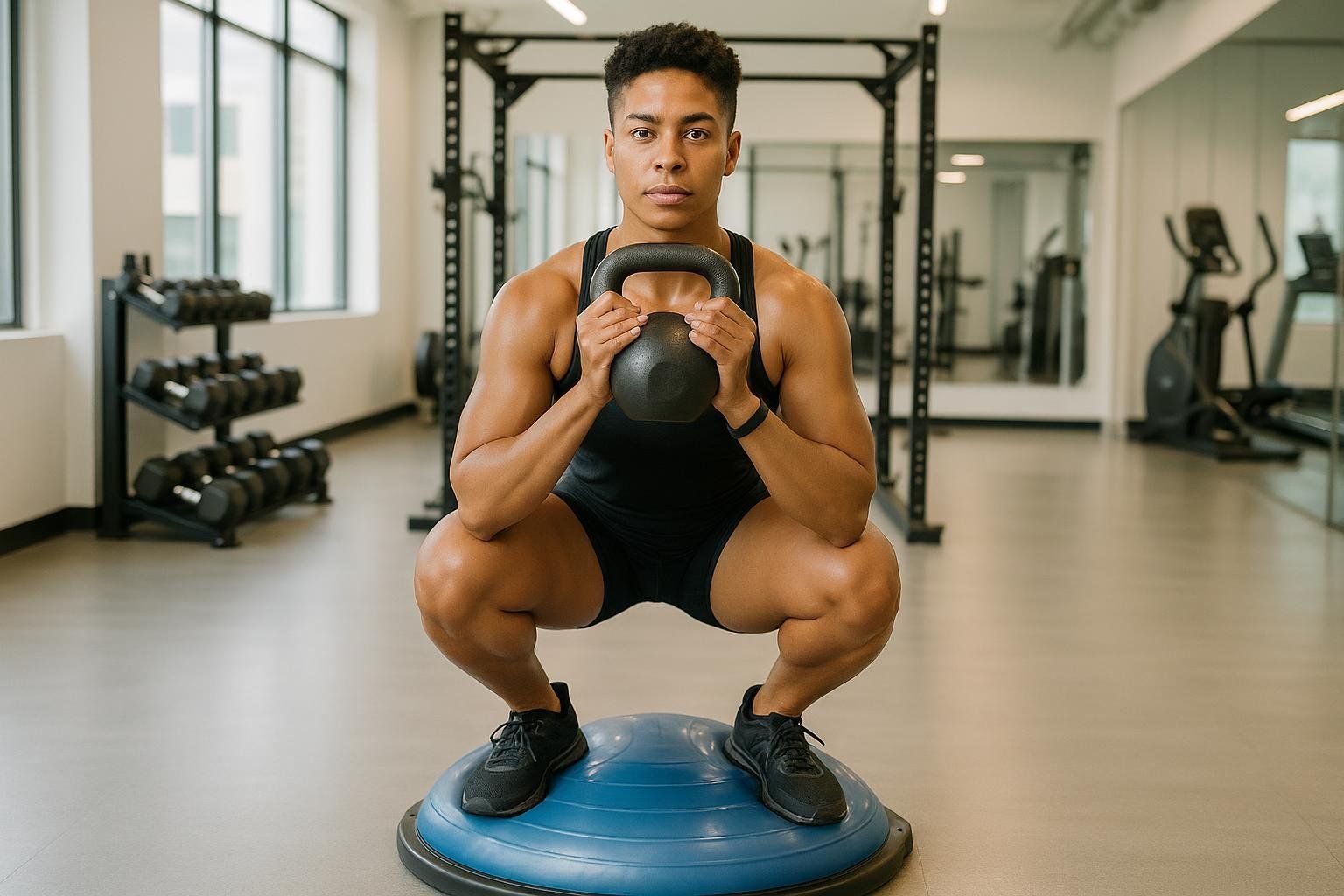
- Setup: Dome up. Stand with feet hip-width on the dome, hold a light kettlebell at chest.
- Do it: Sit down and back; drive up. 8–12 reps.
- Coach cues: Move slower down than up; keep heels heavy.
- Make it easier: Bodyweight only with a box behind as a target.
- Make it harder: 2–3 second pauses in the bottom or tempo 3–0–1.
- BOSU Reverse Lunge to Knee Drive
- Setup: Dome up. Stand behind the BOSU.
- Do it: Step back to a reverse lunge (back foot lands on the floor), then drive the back knee up as you stand. 6–10 reps/side.
- Coach cues: Tall torso, quiet knee.
- Make it easier: Reverse lunge without the knee drive; lightly touch a dowel for balance.
- Make it harder: Hold light dumbbells or add a brief single-leg balance at the top.
- BOSU Forearm Side Plank with Top-Leg Abduction
- Setup: Forearm on dome, feet stacked.
- Do it: Lift hips, then raise top leg 6–10 inches. 6–10 reps/side.
- Coach cues: Think “long spine,” don’t let ribs flare.
- Make it easier: Bottom knee down, or perform an isometric hold without leg lifts.
- Make it harder: Add a mini-band above knees or extend hold to 30–45 seconds per side.
- BOSU Kickstand RDL (Split-Stance Hinge)
- Setup: Stand with one foot on the dome and the other slightly back as a kickstand; hold a dumbbell on the dome side.
- Do it: Hinge at the hips, keep spine neutral. 8–10 reps/side.
- Coach cues: Reach hips back like closing a car door.
- Make it easier: Use bodyweight only and reduce range of motion.
- Make it harder: Heavier dumbbell plus a 1–2 second pause near mid-shin.
- BOSU Lateral Step-Over
- Setup: Stand side-on to the dome.
- Do it: Step one foot to the dome, then the other to the far side, moving laterally back and forth. 20–30 seconds.
- Coach cues: Light feet, eyes forward.
- Make it easier: Step to the dome and back to the same side at a slow tempo.
- Make it harder: Hold light dumbbells and increase tempo while maintaining control.
Advanced BOSU Ball Exercises (Master the Basics First)
Progress only if you can perform beginner and intermediate moves with control and no pain.
- BOSU Single-Leg RDL (Flat Side Up)
- Setup: Flip BOSU (flat side up). Balance on one leg in the center of the platform.
- Do it: Hinge into a single-leg RDL with the free leg reaching back. 5–8 reps/side.
- Coach cues: Square hips, keep platform level.
- Make it easier: Perform with dome up or use a light fingertip support on a rack.
- Make it harder: Hold a kettlebell in the opposite hand and add a 2–3 second pause near end range.
- BOSU Push-Up to Shoulder Tap (Feet on Dome)
- Setup: Hands on floor, feet on dome.
- Do it: Perform a push-up, then tap the opposite shoulder. 6–10 total push-ups (3–5 taps per side).
- Coach cues: Wide base with feet, brace before each tap.
- Make it easier: Hands on an elevated surface or remove the shoulder taps.
- Make it harder: Add a tempo (3–1–1) or wear a light weight vest.
- BOSU Squat to 180° Turn (Dome Up)
- Setup: Feet on dome.
- Do it: Squat, then perform a small jump to turn 180 degrees, landing softly in a partial squat to absorb the impact and stabilize immediately. 6–10 total jumps.
- Coach cues: Land softly, knees track over toes.
- Make it easier: Quarter turns (90°) or step-turns without jumping.
- Make it harder: Increase jump height slightly and stick the landing for a 2-second hold.
- BOSU Bear Plank with Plate Drag (Stationary)
- Setup: Hands on the dome (dome up), knees under hips, toes tucked, knees hovering 1–2 inches off the floor; place a light plate just outside your right hand.
- Do it: With left hand, drag the plate to the left side; switch sides and repeat for 20–40 seconds, keeping hips level.
- Coach cues: Quiet torso, small, controlled breaths.
- Make it easier: Bear plank hold with hands on dome, no drag.
- Make it harder: Heavier plate or longer drag path across the body.
- BOSU Bulgarian Split Squat (Back Foot on Dome)
- Setup: Dome up behind you, back foot on dome, front foot forward.
- Do it: Lower under control, drive up. 6–10 reps/side.
- Coach cues: Slight forward torso lean to load the front glute.
- Make it easier: Reduce range of motion or hold on to a support for balance.
- Make it harder: Hold dumbbells or add a 1–2 second pause at the bottom.
Sample 20-Minute BOSU Circuit (Full Body)
Repeat 3 rounds:
- BOSU Dome Plank — 30–40s
- BOSU Goblet Squat — 10–12 reps
- BOSU Reverse Lunge to Knee Drive — 8–10/side
- BOSU Kickstand RDL — 8–10/side
- BOSU Lateral Step-Over — 30s
Rest 60–90s between rounds. As you progress, focus on feeling steady more quickly after each movement.
FAQ
Q: What muscles does a BOSU ball work?
A: Primarily your core (abdominals, obliques, spinal stabilizers) and the small stabilizers around the hips, knees, and ankles.
Q: How often should I use a BOSU ball?
A: 2–3 sessions per week is an effective frequency for improving balance. Studies show that consistent training at this rate can yield measurable results in as little as four weeks.
Q: Should I flip the BOSU?
A: Dome up is generally more beginner-friendly. Flat side up increases instability and demands more ankle/hip strategy. Progress only when you can maintain control and stability throughout the exercise.
Q: Can BOSU work replace strength training?
A: No. Use it to build control, balance, and athleticism. Keep your primary strength lifts on stable ground; stable training often maintains maximal force and power outputs better than unstable training.
Next Steps: Measure What Matters
Want objective data on your fitness progress? A DEXA scan can track changes in body composition, such as lean mass and body fat percentage, providing insight into how your overall training and nutrition plan is working. Learn what a scan includes and how to prepare: The DEXA Scan: Body Fat, Muscle, and Bone Density Testing and Prepare for Your BodySpec Scan.
Keep building your foundation with these guides:
- Core strength fundamentals: How to Build Core Strength: A Complete Guide
- Balance training progressions: How to Improve Balance: Exercises for Every Level
- Knee-friendly strength ideas: Knees Over Toes: Exercises for Strong, Pain-Free Knees
- Low-impact conditioning: Low-Impact Cardio: Complete Guide for Every Fitness Level
Looking for video demos? The BOSU brand’s exercise library is a handy visual companion to this article’s cues (BOSU Exercise Library).
Stay consistent, progress deliberately, and use your data. That’s how you turn shaky into sturdy—and sturdy into strong.
